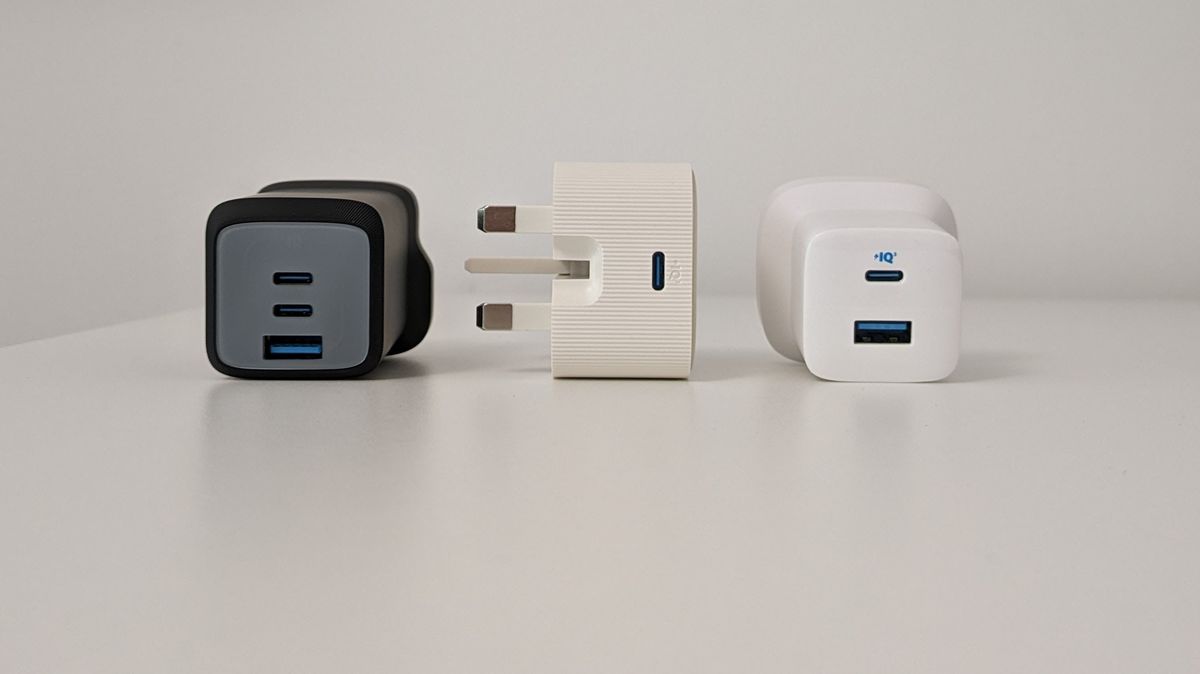
The Need for Portable Chargers
Android devices require a reliable power source to function. Wall chargers are convenient but not always available, especially when you're on the move. Portable chargers and power banks provide an efficient way to keep devices charged.
Types of Portable Chargers
- Power Banks: Standalone devices storing electrical energy in a battery, available in various capacities from a few thousand milliampere-hours (mAh) to tens of thousands of mAh.
- Portable Chargers with Built-in Cables: Power banks with integrated cables, eliminating the need for additional cables.
- Wireless Charging Power Banks: Support wireless charging, allowing device charging without cables.
- Multi-Port Chargers: Feature multiple ports, enabling simultaneous charging of multiple devices.
Best Portable Chargers for Android
Choosing the best portable charger involves considering performance, capacity, and features. Here are some top picks:
1. Anker 523 PowerCore Slim 10K PD
- Capacity: 10,000 mAh
- Features: 20-watt USB-C out charging port, 12-watt USB-A outport
- Design: Slim and easy to carry
- Charging Speed: Fast USB-C charging
2. Anker PowerCore III 10K Portable Charger
- Capacity: 10,000 mAh
- Features: 18-watt USB-C out charging, USB-A port, up to 10-watt wireless charging
- Design: Compact
- Charging Speed: Fast USB-C and wireless charging
3. InfinityLab InstaGo 5000 and 10000
- Capacity: 5,000 mAh and 10,000 mAh
- Features: Integrated USB-C cables
- Design: High-capacity, reliable for heavy users
- Charging Speed: Efficient
4. Mophie Power Station Mini
- Capacity: 5,000 mAh (Mini), 10,000 mAh (larger version)
- Features: 20-watt USB-C PD fast charging, dual USB-C ports (larger version)
- Design: Compact and portable
- Charging Speed: Fast USB-C PD charging
Testing Portable Chargers
Several factors are considered when testing portable chargers to ensure they meet expectations:
- Charging Speed: Measure the time to charge a device from less than 10% to 50% and from less than 10% to 100%.
- Recharge Time: Verify the recharge time of the charger itself.
- Build Quality and Connections: Check the build quality and connections, including any integrated cables or stands.
Multi-Port Chargers
Multi-port chargers offer the convenience of charging multiple devices simultaneously. Here are some top picks:
1. Anker 735 GaN Prime 67W Charger
- Ports: Three
- Power Distribution: 67W solo, 45W, and 20W for two ports
- Design: Optimized for portability and effective heat management
- Performance: Leading performer in full capacity tests
2. Spigen ArcStation Pro GaN 452
- Ports: Two
- Power Distribution: 45W charging with a 25/20W split if both ports are used
- Design: Foldable prongs
- Performance: Faster charging with newer version
3. VoltMe Revo 65W GaN Charger
- Ports: Three (two Type-C, one Type-A)
- Power Distribution: Up to 65W through a single port, reduced output when using multiple ports
- Design: Largest in its test group
- Features: Unique features offering good value
Factors to Consider When Choosing a Charger
When selecting a portable charger or power bank for an Android device, consider the following factors:
- Capacity: Higher capacities mean more charges but come with a higher price tag and more weight.
- Charging Speed: Fast charging is essential for quick top-ups. Look for chargers supporting fast charging protocols like Quick Charge or VOOC.
- Portability: Slim and lightweight designs make it easier to carry around.
- Build Quality: A sturdy build ensures the charger can withstand regular use and travel.
- Compatibility: Ensure the charger is compatible with your device's charging standards.
- Additional Features: Some chargers come with additional features like wireless charging or multiple ports, which can be very useful depending on your needs.
Maintaining your device's battery life is crucial in today's digital age. With the right portable charger or power bank, you can ensure that your Android device stays charged and ready to use whenever needed. Whether you're a heavy user or someone who just needs a quick top-up, there's a charger designed specifically for you.
